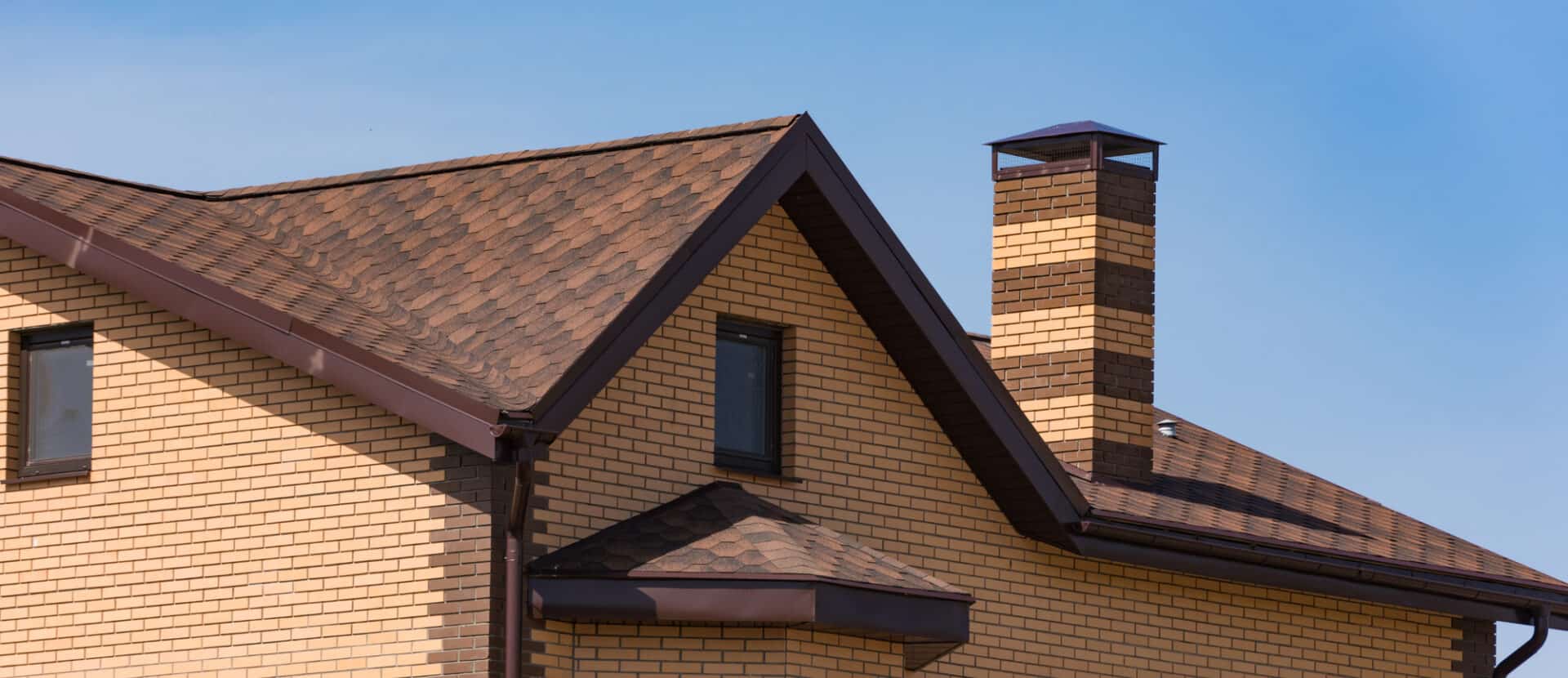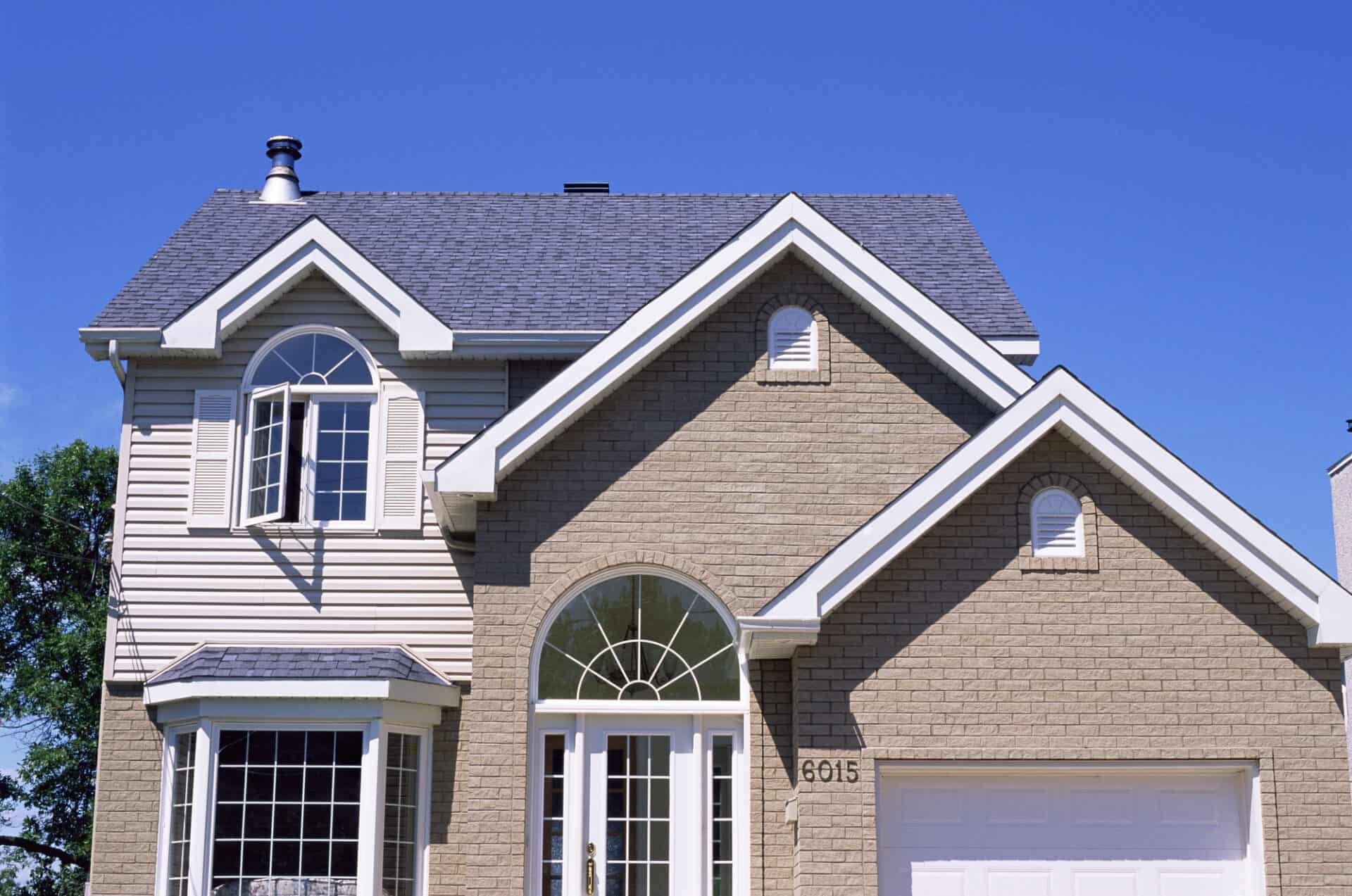Your roof is a complex system, with every component playing a crucial role in protecting your home. Among these elements, dead valleys might sound mysterious and unfamiliar to most homeowners. However, understanding what a dead valley is and how it affects your roof’s integrity can be crucial for maintaining a sturdy and leak-free roofing system.
Dead Valley Definition
A dead valley is a low-sloping or flat section of a roof where rainwater and debris tend to accumulate. Unlike the main roof planes, which efficiently shed water, dead valleys often lack proper drainage channels, making them vulnerable to water infiltration and potential damage over time.
Causes of Dead Valleys
Certain Roof Designs
Dead valleys typically occur where two roof planes intersect at an acute angle, creating a low point that hinders water runoff. These areas are more common in complex roof designs, such as those found in multi-story or architecturally intricate homes.
Insufficient Pitch
A steep pitch encourages water to flow quickly off the roof’s surface. In contrast, dead valleys have a flatter pitch, allowing water to pool instead of draining away.
Debris Accumulation
Leaves, twigs, and other debris can collect in dead valleys, exacerbating drainage issues. This debris not only prevents proper water flow but also provides a breeding ground for moss, algae, and even potentially damaging organisms like mildew.
Consequences of Neglecting a Dead Valley on a Roof
Water Damage
When water accumulates in dead valleys, it can seep into the roofing materials, leading to rot, mold growth, and structural deterioration. Over time, this can compromise the integrity of the entire roof system.
Leaks and Interior Damage
Prolonged water accumulation in dead valleys can result in leaks that may go unnoticed until significant damage has already occurred within the home. This can include stained ceilings, damaged insulation, and even compromised electrical systems.
Reduced Roof Lifespan
Dead valleys can significantly shorten the lifespan of your roof. The constant exposure to pooled water and debris accelerates wear and tear, leading to premature aging of roofing materials.
Solutions for Dead Valleys
Proper Installation and Design
During the initial roofing installation, it’s crucial to work with experienced professionals who understand how to address dead valleys. Proper design and construction techniques can help minimize the risk of drainage issues.
Custom Flashing and Waterproofing
Custom flashing and waterproofing techniques can be employed to redirect water away from dead valleys. This involves the strategic placement of specialized materials to ensure proper water flow.
Regular Maintenance
Routine roof inspections and maintenance are essential for identifying and addressing dead valley concerns promptly. Clearing debris, checking for signs of wear, and ensuring proper drainage channels are crucial in preventing potential issues.
Concerned About a Possible Problem with Your Roof?
Understanding the significance of dead valleys in your roofing system is a vital step toward ensuring its longevity and functionality. By recognizing the potential risks and implementing preventive measures, you can safeguard your home from the hidden nemesis that dead valleys can pose. Don’t let this seemingly obscure feature compromise the integrity of your roof—take proactive steps to protect your investment and enjoy a safe, leak-free home for years to come.
At New Heights Roofing, we specialize in identifying and fixing dead valleys on roofs. Our team of experienced professionals can help you determine the best course of action for fixing the problem and ensure that the repair is done correctly and safely.
Contact us today to schedule a consultation.


